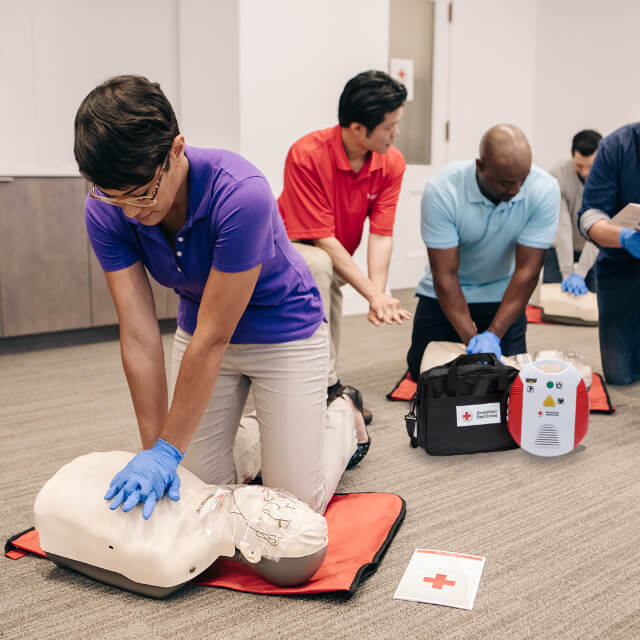Cardiopulmonary resuscitation (CPR) training is more than just a skill; it’s a potential lifeline that can bridge the gap between life and tragedy. The ability to perform CPR effectively can be the difference between someone surviving a cardiac arrest and facing dire consequences. In this article, we delve into the significance of CPR training, its benefits, and how it empowers individuals to become lifesaving heroes.
Understanding CPR Training
CPR is an essential emergency procedure that consists of chest compressions and rescue breaths to restore blood circulation and oxygenation to a person whose heart has ceased pumping. CPR training empowers individuals with the knowledge and skills necessary to perform this life-saving technique, frequently in those crucial moments before professional medical assistance arrives.
CPR Training: Its Importance
Cardiac arrest can occur without warning, and the initial few minutes are crucial for survival. CPR-trained individuals can provide immediate intervention while waiting for medical professionals, increasing the likelihood of a favorable outcome.
Completing CPR training often leads to certification. CPR Certification validates an individual’s proficiency in CPR techniques and adherence to established guidelines.
Community Safety: CPR training expands the community’s safety net. When more people are trained in CPR, there is a greater likelihood that prompt assistance will be available during emergencies in public spaces, workplaces, schools, and residences.
In emergency situations, bystanders are frequently the first to respond. Training in CPR enables ordinary individuals to take effective action, nurturing a culture of pro-active assistance in society.
Caregivers, parents, and those working with vulnerable populations can greatly benefit from CPR training. Having the ability to respond appropriately in emergency situations involving infants, the elderly, or people with health problems can make a significant difference.
Advantages of CPR Training
Confidence: CPR training instills confidence in individuals, ensuring that they are prepared to respond calmly and effectively to emergencies. This confidence extends beyond emergency situations and encourages a proactive approach to safety and well-being.
Personal Satisfaction: Learning CPR and gaining the ability to save lives can be extremely fulfilling. The realization that one can have a significant impact on another person’s life in their time of need fosters a sense of personal satisfaction.
CPR Instructional Formats
CPR training is available in a variety of formats to accommodate diverse learning preferences and schedules.
Traditional classes taught by qualified instructors include role-playing scenarios, immediate feedback, and practical application. These sessions promote real-time interaction and customized instruction.
Online Courses: Online CPR courses provide the flexibility to learn at your own pace. Multimedia resources, videos, simulations, and exams produce an engaging, accessible educational experience.
Continuous Education and Renewal
CPR instruction is not a one-and-done endeavor. Guidelines and methods evolve over time, making periodic renewal essential for keeping abreast of the most recent practices. Refreshing skills and knowledge enable individuals to effectively respond to evolving emergencies.
The conclusion
CPR training is a powerful instrument that empowers individuals to intervene in emergency situations. It transforms average citizens into potential lifesavers, making communities secure and nurturing a proactive assistance culture. CPR is more than a skill; it is a commitment to the welfare of others and a demonstration of the enduring power of human compassion and intervention.
